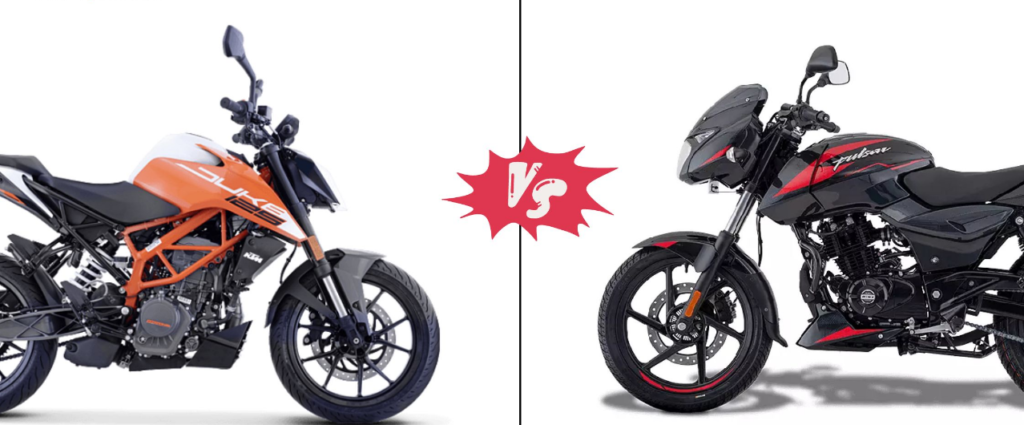
Understanding a motorcycle’s front suspension is vital for bike owners. It comprises damping units and springs, where springs handle compression, absorbing bumps. Telescopic and USD Forks (Upside Down) are common types. This blog explores the distinctions and recommends suitable motorcycles for each system.
Telescopic Suspension:
Telescopic suspension has a primary barrel attached to the axle, with an inner tube inside the outer tube. Connected to handlebars and forks through a triple clamp, it’s common in lower-capacity commuter motorcycles, providing stability with a more comprehensive, heavier outer tube.
Advantages of telescopic suspension include its simplicity, low maintenance requirements, and affordability. With advancements in research and development, modern telescopic forks offer a smooth riding experience with minimal discomfort.
Upside-Down Suspension (USD):
Upside-down suspension reverses the telescopic fork structure, attaching inner tubes to wheel axles and primary barrels to handlebars via yokes or triple clamps. Common in high-performance bikes, USD forks enhance handling and cornering with less wheel weight.
While USD forks offer improved handling and aesthetics advantages, they come with a higher price tag and require more maintenance. The complexity of USD forks poses challenges, especially if oil seals burst, potentially leading to oil spreading to crucial areas of the braking unit.
Differences Between Telescopic And USD Forks:
Oil Placement: Telescopic forks have a larger outer tube filled with oil, while USD forks mount the oil above a tube, posing a risk of oil spreading if seals are damaged.
Maintenance: Telescopic forks are more straightforward and require less maintenance, making them suitable for entry-level motorcycles. USD forks are found on high-stress performance bikes but demand more upkeep.
Weight And Stiffness: despite appearing heavier, USD forks are lighter due to shorter stanchions. This design provides better front-end control and handling, making them ideal for performance motorcycles.
Pros And Cons Of Telescopic And USD Forks:
Telescopic Forks:
Pros: Simplicity, ease of maintenance, lower manufacturing costs, suitable for entry-level motorcycles.
Cons: Less front-end control, potentially lower performance in high-stress situations.
USD Forks:
Pros: Better handling, improved front-end control, lighter weight, aesthetically pleasing.
Cons: Higher cost, increased maintenance requirements, and potential issues with oil spreading.
Choosing The Right Suspension:
The choice between telescopic and USD forks depends on the rider’s preferences, the intended use of the motorcycle, and budget considerations. USD forks are ideal for high-stress performance motorcycles, providing superior handling and control. Telescopic forks offer simplicity and cost-effectiveness, making them suitable for commuters and those on a budget.
Regardless of the chosen suspension system, it’s crucial to prioritize safety by purchasing two-wheeler insurance. Insurance providers offer a convenient online platform for comparing quotes and selecting the ideal two-wheeler insurance policy for your motorcycle. You can estimate the costs of premiums using a bike insurance calculator. *
In motorcycle suspensions, the choice between telescopic and USD forks refers to individual needs and preferences. While USD forks excel in performance and handling, telescopic forks offer simplicity and cost-effectiveness. Safeguarding your motorcycle with comprehensive insurance is a responsible step for every rider. Make sure you do the process of bike insurance renewal on time. Claims are subject to terms and conditions set forth under the motor insurance policy. *
* Standard T&C Apply
Insurance is the subject matter of solicitation. For more details on benefits, exclusions, limitations, terms, and conditions, please read the sales brochure/policy wording carefully before concluding a sale.
